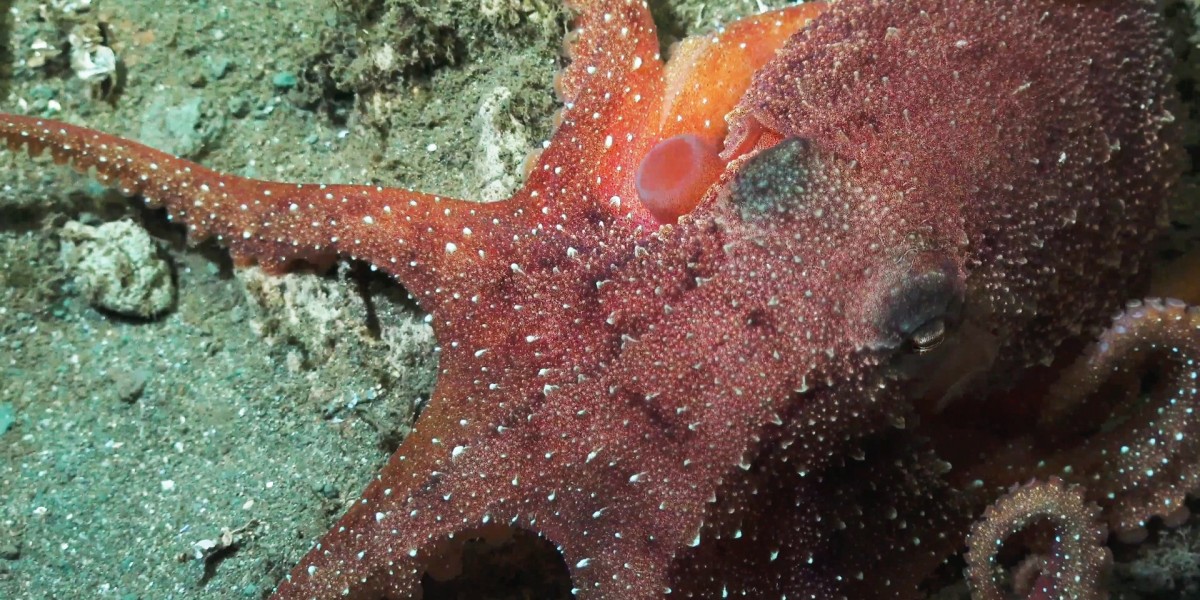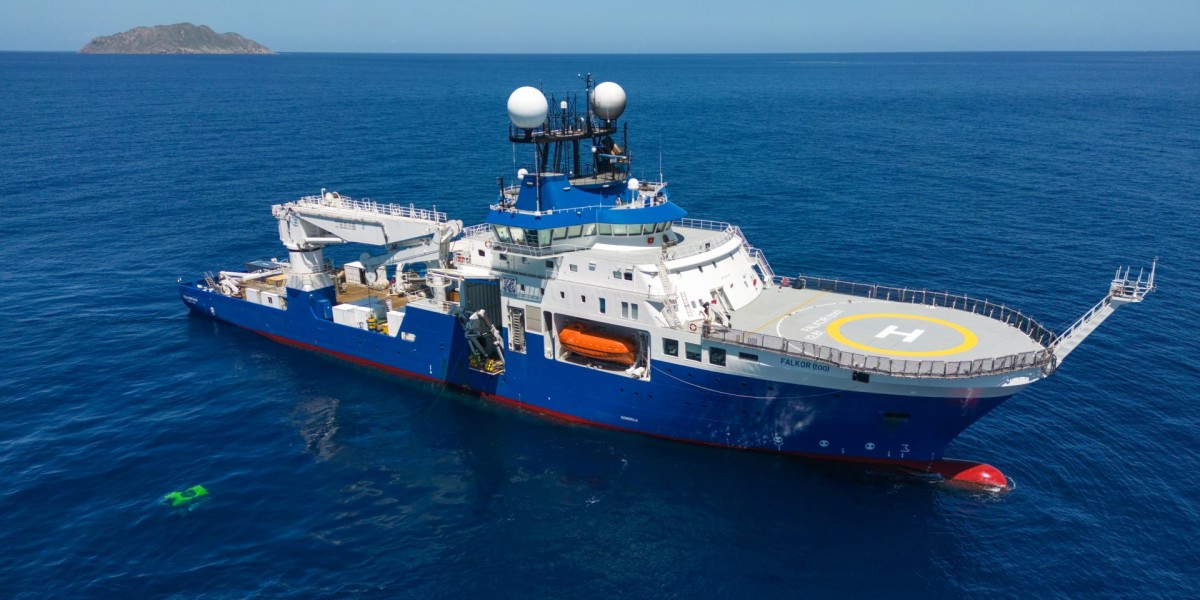
Courtesy Schmidt Ocean Institute
The Ramírez eco-genomics group from Cal State LA, led by Dr. Gustavo A. Ramírez from the Department of Biological Sciences, is participating in the Schmidt Ocean Institute (SOI) oceanographic "Octopus Odyssey" expedition to explore the micro- and macro-ecology of uncharted seafloor habitats in the Eastern Pacific Ocean. This scientific cruise is taking place on board SOI's new ship, “Falkor (too),” carrying the underwater Remotely Operated Vehicle (ROV) Subastian, staffed by an international team of multidisciplinary oceanographic researchers.
This two-leg voyage, comprised of a month-long stay at sea this summer followed by a second cruise at the end of the year, is inspired by recently described octopus egg-brooding behaviors observed at seamounts. Seamounts are seafloor mountains of rock rubble thousands of meters deep beneath the waves. Octopus nurseries, comprised of hundreds of brooding females, occur only at sites on the seamounts where relatively warm (hydrothermal) fluids from the ocean crust below emerge. To understand the effects of crustal fluids on animal behavior and the overall seamount environment, the fluids' physical, geochemical, and microbiological properties and their interactions with the living and non-living parts of these seafloor habitats will be explored.
Seamount environments accumulate an incredibly high amount of rare earth elements sourced directly from the crust in hydrothermal fluids. Consequently, these magical and under explored seafloor niches will soon be opened for seafloor mining and commercial habitat exploitation. Thus, a second goal of our work is to understand "ecosystem services" provided by microbes to nature and, potentially, industry. This work will provide the information needed for scientifically informed stewardship and conservation policy planning of fragile ecosystems and highly valuable natural resources.

Courtesy Schmidt Ocean Institute
The first dives of the expedition have already made important discoveries. When the Octopus egg brooding behavior at sites of warm fluid venting was discovered nearly a decade ago, the viability of the thousands of eggs cemented to the seafloor was uncertain. After numerous observations of the egg clutches, no visible embryos were observed. In this expedition, during the first dive, a return visit to a seafloor feature known as Dorado outcrop, the viability of the eggs and the presence of dozens of hatchlings were reported, confirming these seafloor habitats as authentic Octopus gardens, full of happy thriving cephalopods, undoubtedly vital to the life cycles of these beautiful deep-sea creatures. These findings represent new points of discussion when considering the environmental impact of economic exploitation of these unique habitats and will inform global seafloor stewardship policy-making.
Dr. Ramírez is tasked with leading the rock-microbe interaction part of this expedition. With assistance from Cal State LA graduate students Oscar Manuel Almacen and Shiva Sadeghpour, the group has produced seafloor colonization experiments made of sterile mineral substrates that will be deployed using the ROV Subastian at seamounts this summer. These colonization materials mimic natural surfaces where microbes living in hydrothermal fluids entering the seamount ecosystem from the crust below may settle. Experiments will be collected after a few months at the seafloor, and DNA from microbes attached to the mineral surfaces will be extracted. Computational analyses of microbial DNA sequences from these experiments and comparisons to similar experiments on crustal fluids only will shed light on which microbes interact with seamount rocks and how their activities, often responsible for the local cycling of essential nutrients, including metals, may influence the nursery site preferences and egg brooding behaviors of deep-sea octopods.